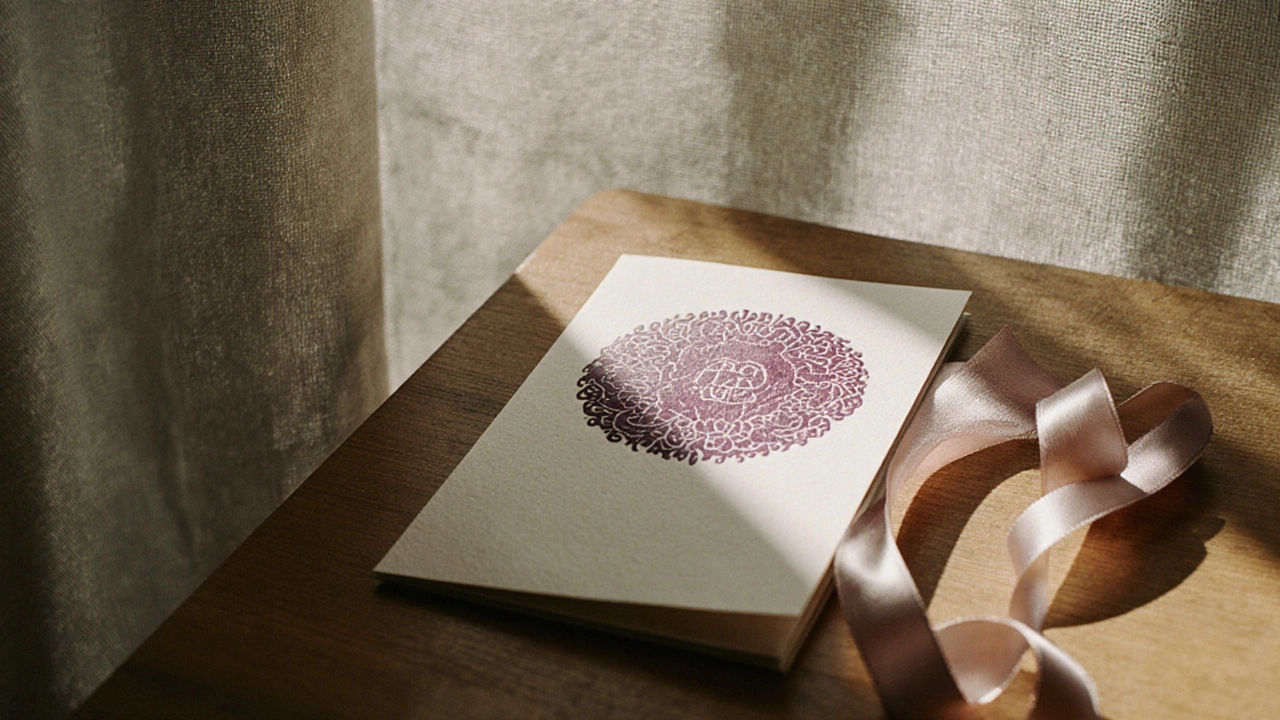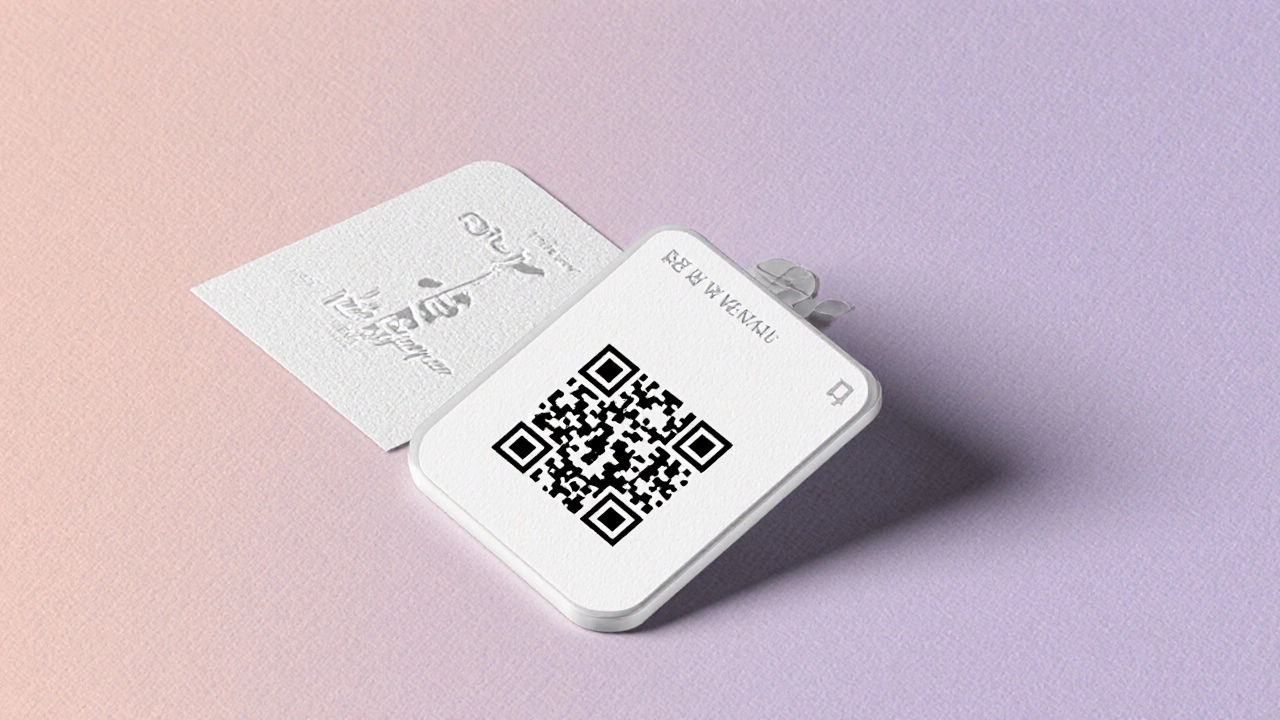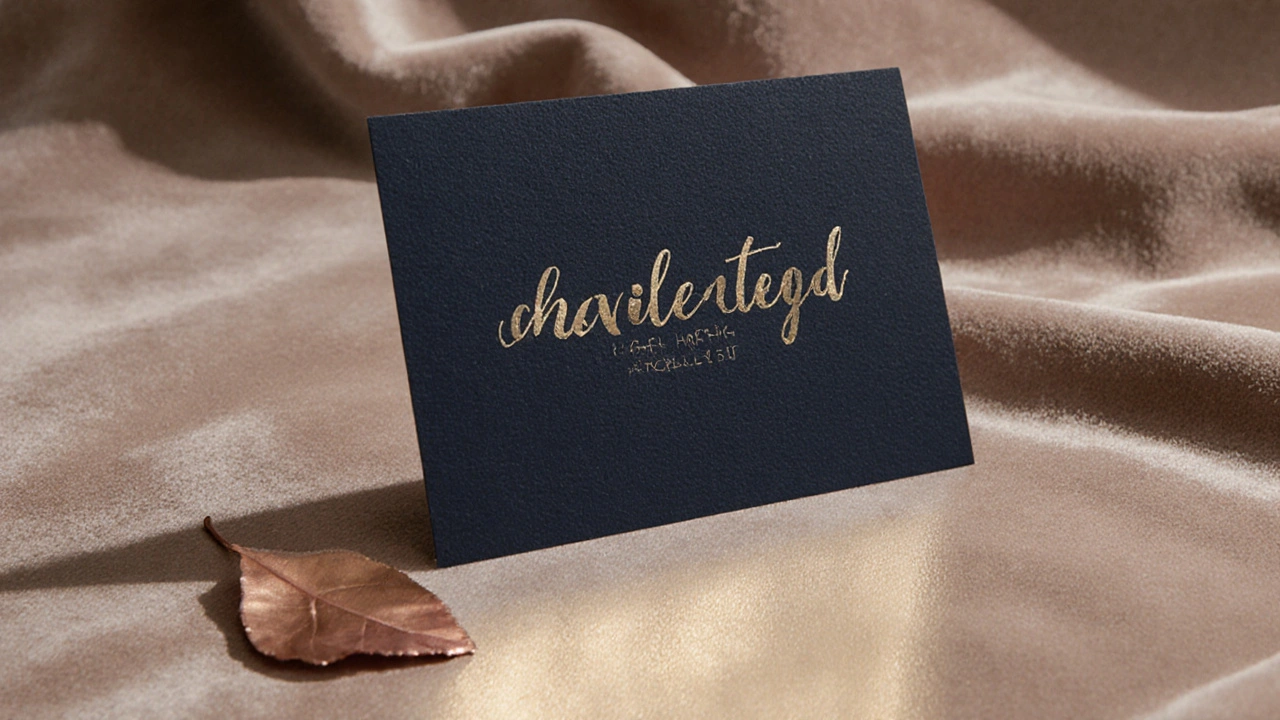Wedding escort cards aren’t just functional-they’re the first impression guests have of your big day. A well-printed escort card sets the tone, signals attention to detail, and feels like a keepsake, not just a piece of paper. But with so many printing methods out there-foil, letterpress, digital-how do you pick the right one? It’s not about what’s trendy. It’s about what matches your vision, budget, and the vibe of your wedding.
Foil Printing: Shine That Makes Guests Stop and Look
Foil printing is the gold standard for luxury wedding stationery. It uses heat and pressure to bond metallic or colored foil onto paper, creating a reflective, raised surface that catches the light. Think champagne gold on deep navy, rose gold on ivory, or even matte black foil for modern couples who want drama.
It’s not cheap. A set of 100 foil-printed escort cards typically costs between $1.50 and $3.50 each, depending on the foil color and complexity. But here’s the thing: foil doesn’t just look expensive-it feels expensive. The texture is subtle but unmistakable. Guests run their fingers over it. They take photos. They keep them.
Best for: High-end weddings, classic or glam themes, couples who want their stationery to feel like jewelry. Avoid if you’re on a tight budget or if your venue is rustic or beachy-foil can feel out of place next to driftwood or burlap.
Letterpress: The Art of the Deep Impression
Letterpress is the oldest of the three methods, dating back to Gutenberg. It works by pressing inked metal or polymer plates into thick cotton paper, leaving a soft, tactile indentation. The result? A card you can feel before you read it.
Unlike foil, letterpress doesn’t use heat. It uses pressure. That means the ink sits slightly below the surface, giving it a matte, almost velvety finish. It’s often paired with uncoated paper like cotton rag or recycled fiber, which soaks up the ink beautifully. Colors are usually muted-think sage green, charcoal, or soft blush-because the process doesn’t handle bright, saturated tones well.
Cost-wise, letterpress is the most labor-intensive. Expect to pay $2 to $4 per card for 100 pieces. Lead times are longer too-usually 6 to 8 weeks. You’re not just paying for ink and paper. You’re paying for a craftsman’s time, the setup of custom plates, and the slow, careful feeding of each sheet through the press.
Best for: Vintage, rustic, or artisanal weddings. Couples who value handmade quality and slow design. Not ideal if you need cards in a hurry or want bold, modern graphics. Also, avoid if your venue is very hot or humid-letterpress paper can warp if it’s not stored properly.
Digital Printing: Speed, Flexibility, and Smart Budgeting
Digital printing is the workhorse. It’s what most online stationery shops use. Instead of plates or foil, it sprays toner or ink directly onto the paper using laser or inkjet tech. The result? Crisp text, full-color photos, gradients, and complex designs-all without the setup cost.
Here’s why it’s popular: you can change the text on every card. Want each guest’s name in a different font? Done. Want to add a tiny map of the reception layout? Easy. Want to print 25 cards today and 75 next week? No problem. Prices start at $0.30 per card for basic designs and go up to $1.20 if you use thick cardstock or specialty finishes like matte lamination.
It’s not as tactile as letterpress or as shiny as foil, but modern digital printers can simulate texture with embossing or spot UV coatings. Some companies even offer digital letterpress effects that mimic the indentation without the press.
Best for: Budget-conscious couples, modern or eclectic weddings, last-minute changes, or if you’re printing 50+ cards with lots of personalization. Avoid if you’re chasing that unmistakable handcrafted feel.

How to Choose: A Quick Decision Guide
Still unsure? Ask yourself these three questions:
- What’s your budget per card? Under $0.50? Go digital. $1-$2? Foil or letterpress. Over $2.50? You’re likely already leaning toward letterpress.
- Do you need customization? Names, table numbers, or different fonts for each card? Digital wins. If every card is identical, foil or letterpress are fine.
- What’s your wedding’s vibe? Classic ballroom? Foil. Garden party? Letterpress. Minimalist loft? Digital with clean typography.
Pro tip: Don’t pick based on what your cousin used. Pick based on what feels true to you. If you hate glitter but your planner says foil is "in," skip it. Your guests will notice if you’re not excited about your own stationery.
What Paper Makes the Best Match?
The paper isn’t just a canvas-it’s part of the printing technique.
- Foil works best on smooth, coated papers like cotton or linen. Textured paper can make the foil look uneven.
- Letterpress needs thick, soft paper-100% cotton rag, 110lb or heavier. It needs to be soft enough to indent without tearing.
- Digital can handle almost anything: recycled, textured, or even recycled kraft paper. Just avoid papers that are too rough-they can jam printers.
Always order a physical sample. Colors on screen lie. Paper thickness feels different in hand. And foil? It looks totally different under natural light versus studio lighting.

Common Mistakes to Avoid
- Waiting until the last minute. Foil and letterpress printers often book out 3-6 months ahead.
- Ignoring bleed and trim. If your design goes to the edge, make sure your printer adds a 1/8 inch bleed. Otherwise, you’ll get white edges.
- Using thin paper. A flimsy card feels cheap, no matter how fancy the print. Stick to at least 100lb stock.
- Trying to do both foil and letterpress on the same card. It’s possible, but it’s expensive and tricky. Most printers charge extra for multiple processes.
Real Example: A Perth Wedding
Last year, a couple in Fremantle chose letterpress for their escort cards. They used a deep plum ink on 100% cotton paper, with their names and table numbers in a simple serif font. The cards were tied with raw silk ribbon. Guests said they felt like they were holding a piece of the wedding’s soul. They spent $280 for 80 cards. It was their most-photographed detail.
Another couple in Joondalup went digital. They printed 120 cards with animated QR codes that linked to a playlist of their first dance song. Each card had a different color gradient based on the guest’s table. Cost? $90 total. They got laughs, likes, and zero complaints.
There’s no "right" answer. Only the one that feels like yours.
Can I mix printing techniques on the same set of escort cards?
Yes, but it’s not common and it’s expensive. Some high-end printers offer dual-process jobs-like letterpress text with foil accents. But each pass through the machine adds cost and time. Most couples stick to one technique unless they’re working with a luxury stationer who specializes in layered prints.
Is digital printing good enough for a formal wedding?
Absolutely-if you choose the right paper and finish. Many modern digital printers use thick, textured stocks and add spot UV or embossing to mimic luxury. The difference between a $1.20 digital card and a $3 foil card is often just the shine. If your design is clean and your paper is substantial, guests won’t notice the method-they’ll notice the elegance.
How far in advance should I order wedding escort cards?
For foil or letterpress, order at least 3 months ahead. For digital, 6-8 weeks is usually fine. But if you’re ordering from overseas or want custom paper, give yourself 4-5 months. Printing delays happen, and last-minute changes cost more.
Can I print escort cards at home?
You can, but don’t expect professional results. Home printers use thin paper, low-resolution ink, and can’t handle heavy cardstock well. You’ll get smudges, uneven color, and misaligned text. It’s fine for practice or casual events, but for a wedding, it’s a risk. Save your time and money for the real thing.
What’s the most popular combo for wedding escort cards right now?
Right now, it’s digital printing on thick, textured paper with a matte finish and a subtle embossed border. It gives the look of luxury without the cost of foil or letterpress. Couples love that it’s customizable, eco-friendly, and still feels premium. Foil is still popular for gold accents on classic designs, but the trend is moving toward understated elegance.
Next Steps: What to Do Today
Start by gathering inspiration. Save 5-10 escort card designs you love from Pinterest or Instagram. Then, decide your budget per card. Once you know that, reach out to three local printers or stationers and ask for samples. Don’t just ask for prices-ask for paper swatches, foil swatches, and print samples. Hold them. Feel them. Look at them in natural light.
Then, pick the one that makes you smile. Because your escort cards aren’t just directions. They’re the first gift you give your guests.
